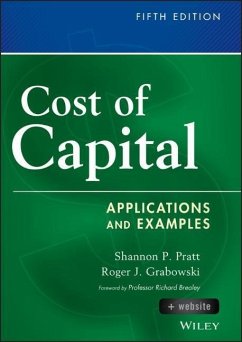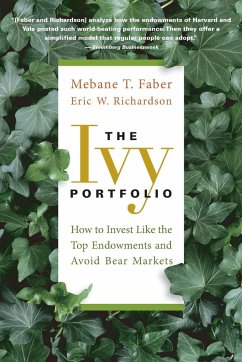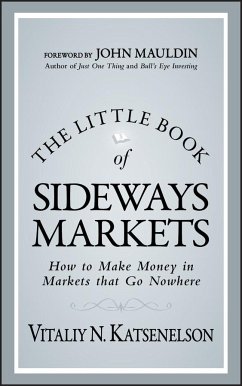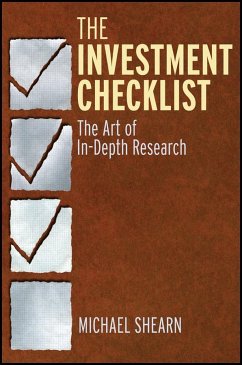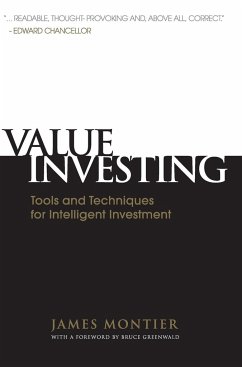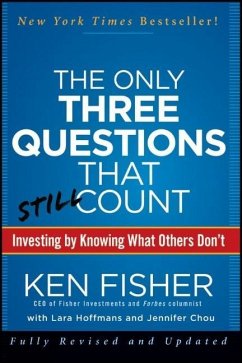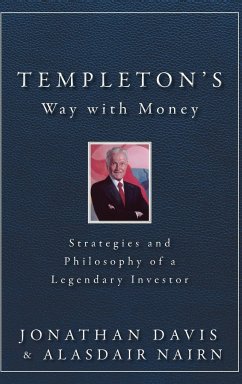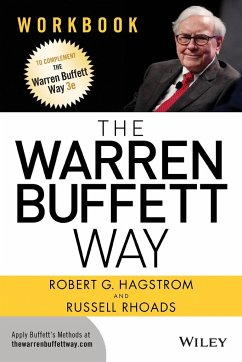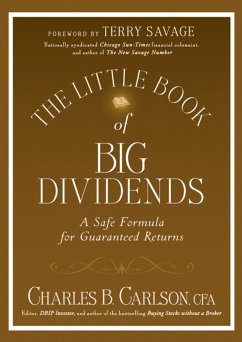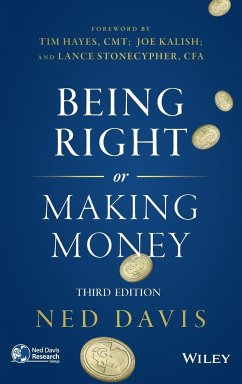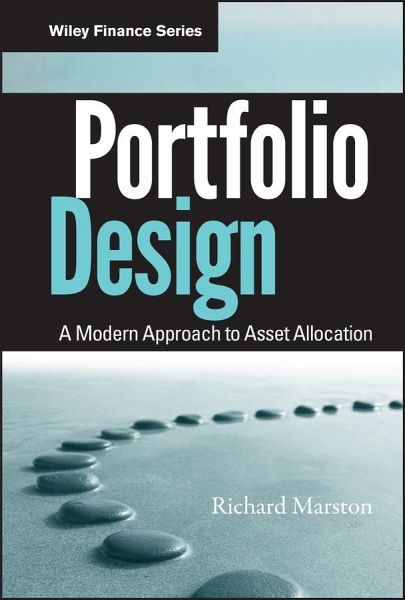
Portfolio Design
A Modern Approach to Asset Allocation
Versandkostenfrei!
Versandfertig in über 4 Wochen
43,99 €
inkl. MwSt.
Weitere Ausgaben:

PAYBACK Punkte
22 °P sammeln!
An in-depth look at the role of asset allocation in today's investment environmentIn Modern Asset Allocation author Richard Marston shows you how to jump back into the market with the reminder that the key to investing is to do it for the long-run. And in looking at investing for the long-term, what matters most is asset allocation.This reliable resource offers a fresh look at asset allocation, and discusses its importance in today's investment environment. Along the way, it examines how returns on stocks, bonds, international equities, hedge funds, real estate, commodities, and the like all i...
An in-depth look at the role of asset allocation in today's investment environment
In Modern Asset Allocation author Richard Marston shows you how to jump back into the market with the reminder that the key to investing is to do it for the long-run. And in looking at investing for the long-term, what matters most is asset allocation.
This reliable resource offers a fresh look at asset allocation, and discusses its importance in today's investment environment. Along the way, it examines how returns on stocks, bonds, international equities, hedge funds, real estate, commodities, and the like all increase and are of added value to a portfolio when they are strategically allocated.
Examines all of the major asset classes that go into modern portfolios and asks how much they add to portfolio diversification
Addresses the issues financial professionals face when attempting to provide diversified portfolios for their clients
Based on sessions that Richard Marston has developed for the CIMA program
Asset allocation is still thriving as a method to achieve long-term profitability. This book contains the insights that you need to excel at this endeavor.
In Modern Asset Allocation author Richard Marston shows you how to jump back into the market with the reminder that the key to investing is to do it for the long-run. And in looking at investing for the long-term, what matters most is asset allocation.
This reliable resource offers a fresh look at asset allocation, and discusses its importance in today's investment environment. Along the way, it examines how returns on stocks, bonds, international equities, hedge funds, real estate, commodities, and the like all increase and are of added value to a portfolio when they are strategically allocated.
Examines all of the major asset classes that go into modern portfolios and asks how much they add to portfolio diversification
Addresses the issues financial professionals face when attempting to provide diversified portfolios for their clients
Based on sessions that Richard Marston has developed for the CIMA program
Asset allocation is still thriving as a method to achieve long-term profitability. This book contains the insights that you need to excel at this endeavor.



